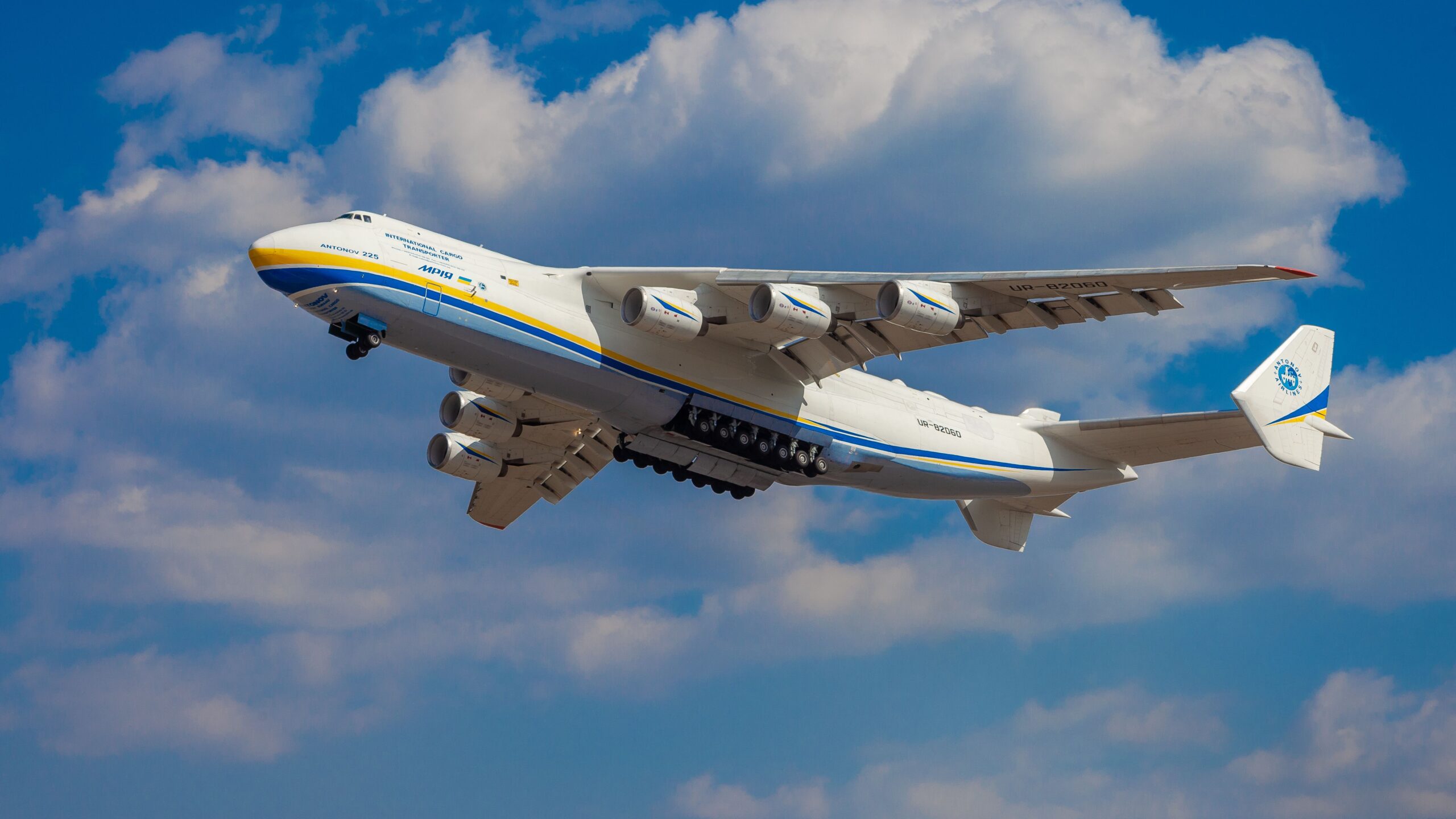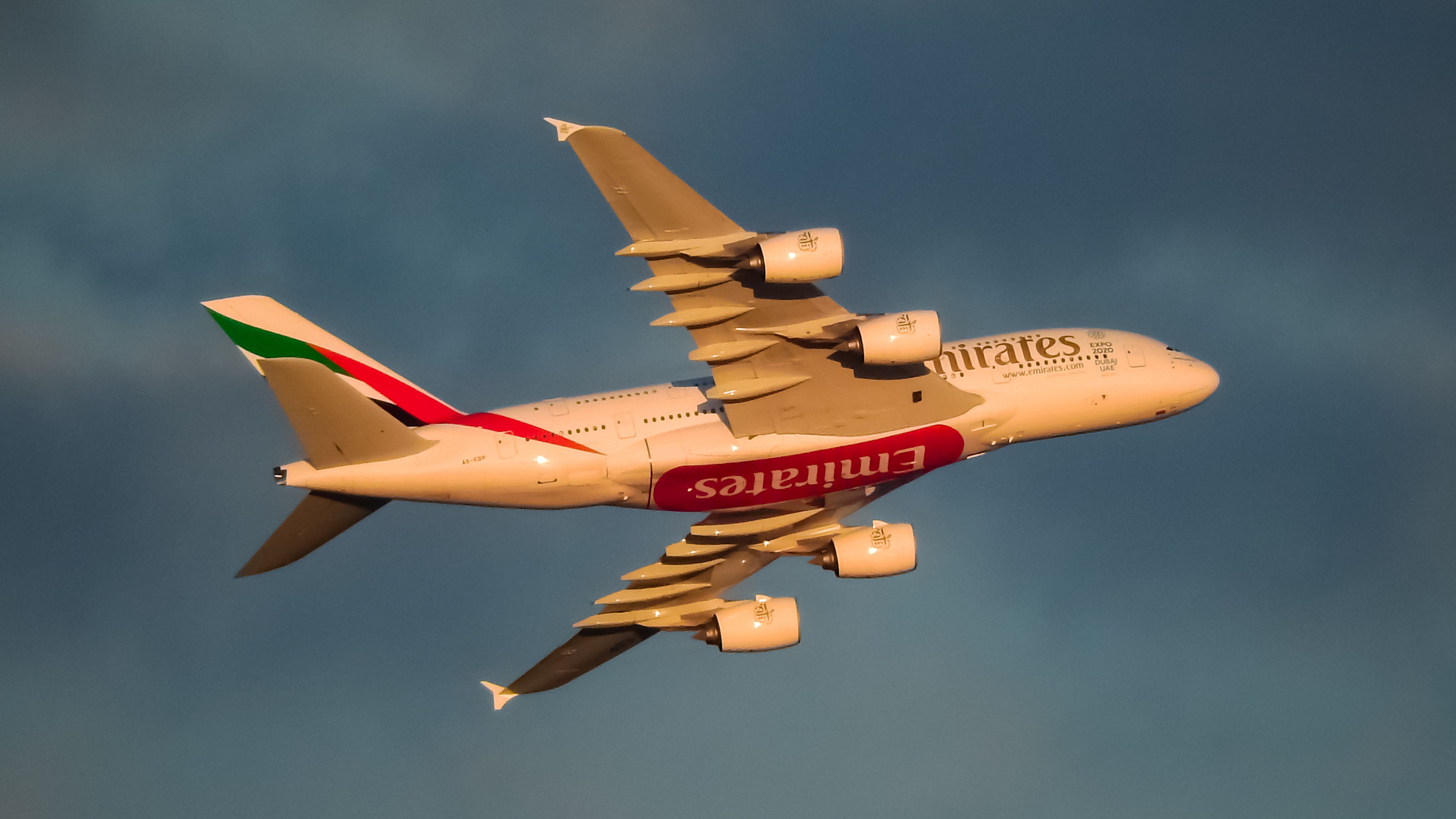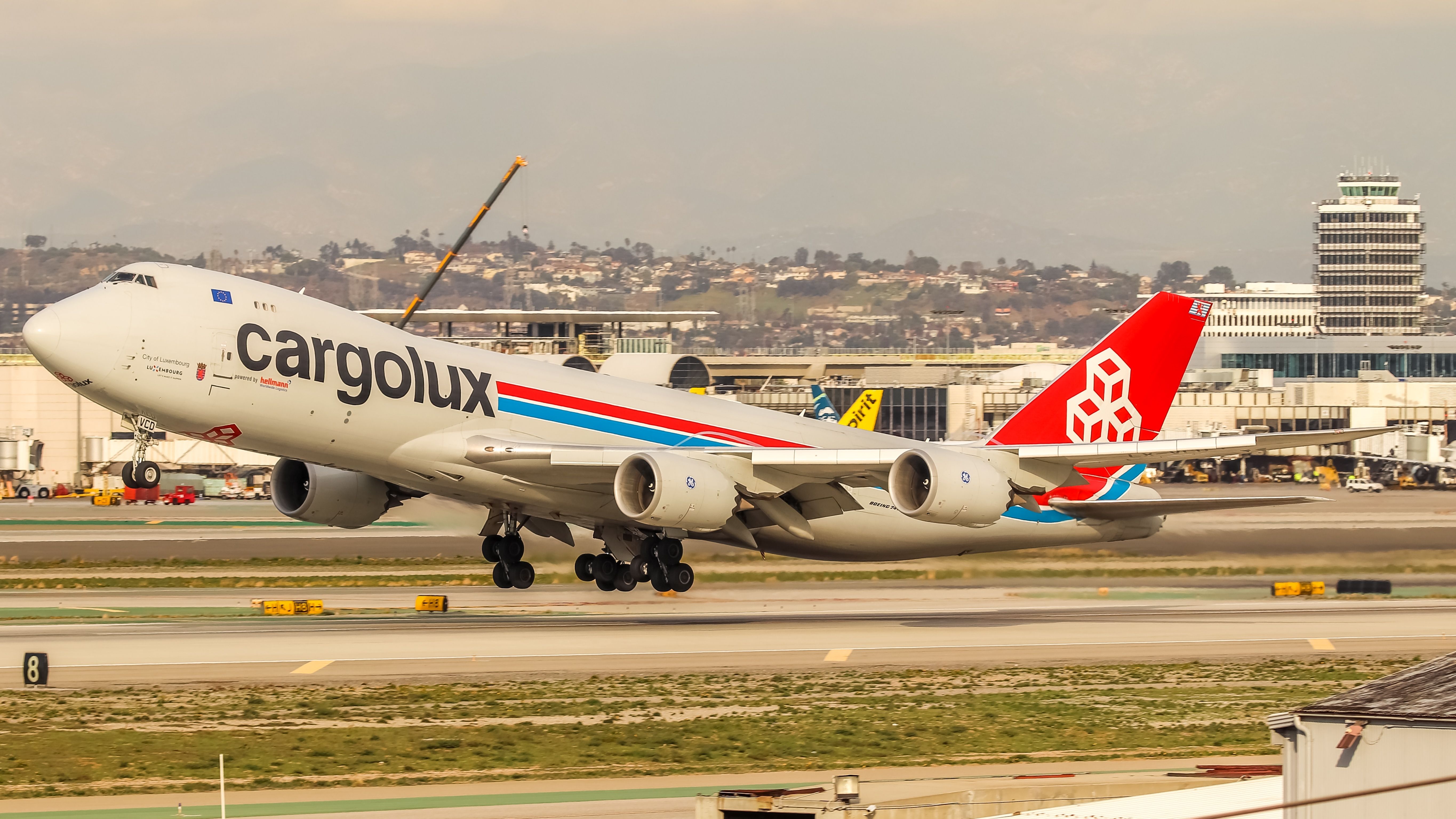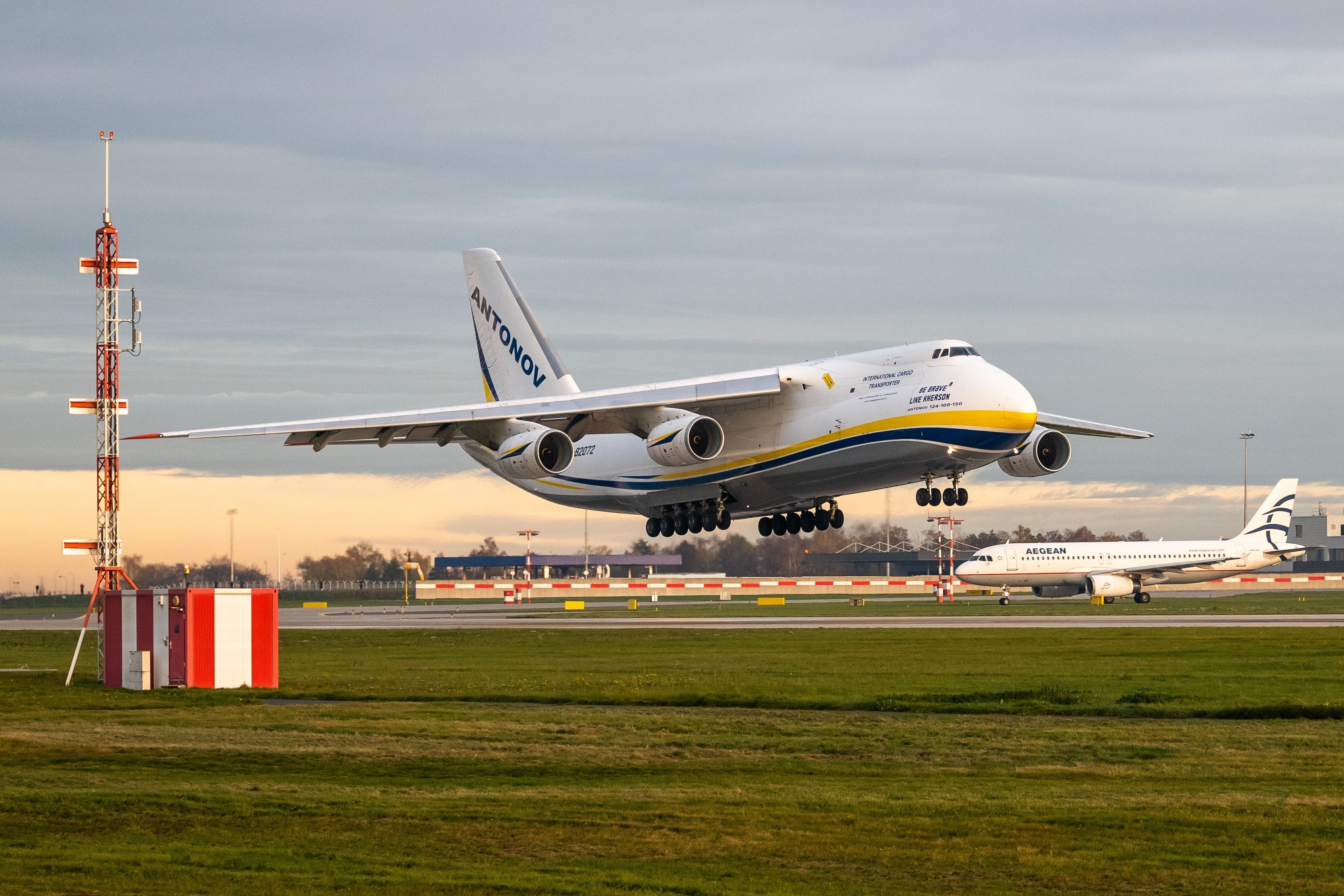Summary
- The Antonov An-225 Mriya is the heaviest aircraft ever built, with a maximum takeoff weight of 640,000 kg.
- The Airbus A380 is the second-heaviest aircraft globally, with a maximum takeoff weight of 560,000 kg.
- The Lockheed C-5M Super Galaxy is one of the top five heaviest airliners worldwide, boasting a maximum takeoff weight of 381,000 kg.
Aircraft of various shapes and sizes have always amazed on a global scale when successfully demonstrating the wonders of flight. As creative innovations and modern engineering collide, aircraft manufacturers consistently push the envelope on how big, long, and heavy new aircraft can be to redefine the marvel of air travel.
While the smallest single-prop engines to the massive double-deckers have all graced the skies of the aviation industry, perhaps the most astonishing ones continue to be the heaviest airliners, which leave people constantly wondering how they can fly. Here are the top five to gauge how heavy these aircraft can be.
1
Antonov An-225 Mriya
Maximum takeoff weight (MTOW): 1,410,000 lb (640,000 kg)
- Capacity: 190 tonnes (420,000 lb)
- Empty weight: 285,000 kg (628,317 lb)
- Fuel capacity: 300,000 kilograms (660,000 lb), 375,000 L (99,065 US gal)
- Cargo hold: volume 1,300 m3 (46,000 cu ft), 43.35 m (142.2 ft) long × 6.4 m (21 ft) wide × 4.4 m (14 ft) tall
- Powerplant: 6 × Progress D-18T turbofans, 229.5 kN (51,600 lbf) thrust each
- Maximum speed: 850 km/h (530 mph, 460 kts)
- Range: 15,400 km (9,600 mi, 8,300 NM) with maximum fuel
Despite its unfortunate demise during the Russian invasion of Ukraine in 2022, the Antonov An-225 Mriya remains the heaviest aircraft ever built. Powered by six turbofan engines, the supersized aircraft was previously used to transport odd-sized cargo like space orbiters and space shuttles.
After the Soviet space program was suspended following the collapse of the Soviet Union, the Antonov An-225 Mriya was eventually used to transport oversized cargo for Antonov Airlines. Unfortunately, the only completed aircraft was destroyed last year, and even as Antonov announced rebuilding plans, progress remains stale.
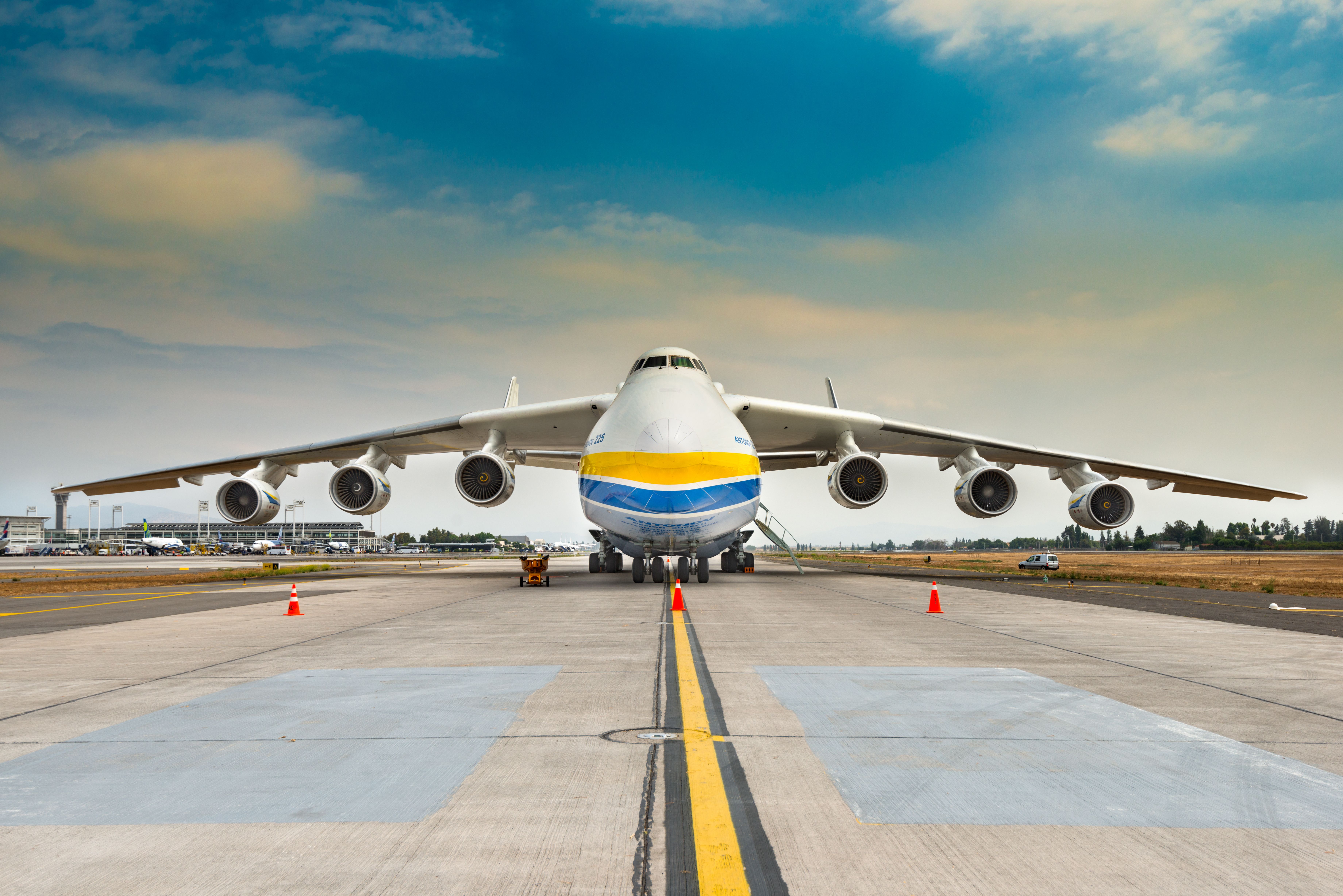
Related
Why Wasn’t The Second Antonov An-225 Finished?
Antonov had got 60 – 70% of the way through a second An-225, so why wasn’t it completed?
2
Airbus A380
Maximum takeoff weight (MTOW): 1,235,000 lb (560,000 kg)
- Crew: 2 (cockpit)
- Capacity: Passengers: 575 typical, 853 max
- Cargo: 175.2 m3 (6,190 cu ft)
- Empty weight: 285,000 kg (628,317 lb)
- Fuel capacity: 253,983 kg (559,937 lb), 323,546 liters (85,472 US gal, 71,173 imp gal)
- Powerplant: 4 × Trent 970-84/970B-84 turbofan or GP7000, 348 kN (78,000 lbf) thrust each
- Cruise speed: 903 km/h (561 mph, 488 kts) Mach 0.85
- Range: 14,800 km (9,200 mi, 8,000 NM)
Following rather far behind in second place is none other than the double-decker superjumbo, the Airbus A380. This four-engined aircraft is often hailed as the King of the Skies due to its sheer size and stunning maximum capacity of carrying over 850 passengers. It is a true icon in it’s time for modern air travel and the largest commercial airliner worldwide—also hailing as the only passenger aircraft to be categorized as ‘Super’ by the Federal Aviation Administration.
Photo: NYC Russ | Shutterstock
Given its significantly colossal size, the Airbus A380 unsurprisingly has a maximum take-off weight of 560 tonnes or 560,000 kilograms. Despite being such a unique marvel, the superjumbo faced untimely challenges that eventually led to its premature discontinuation of production. But even though the aircraft’s production lifespan was superbly short-lived, the Airbus A380 remains a genuine symbol of pushing the unlimited boundaries in the aviation industry.
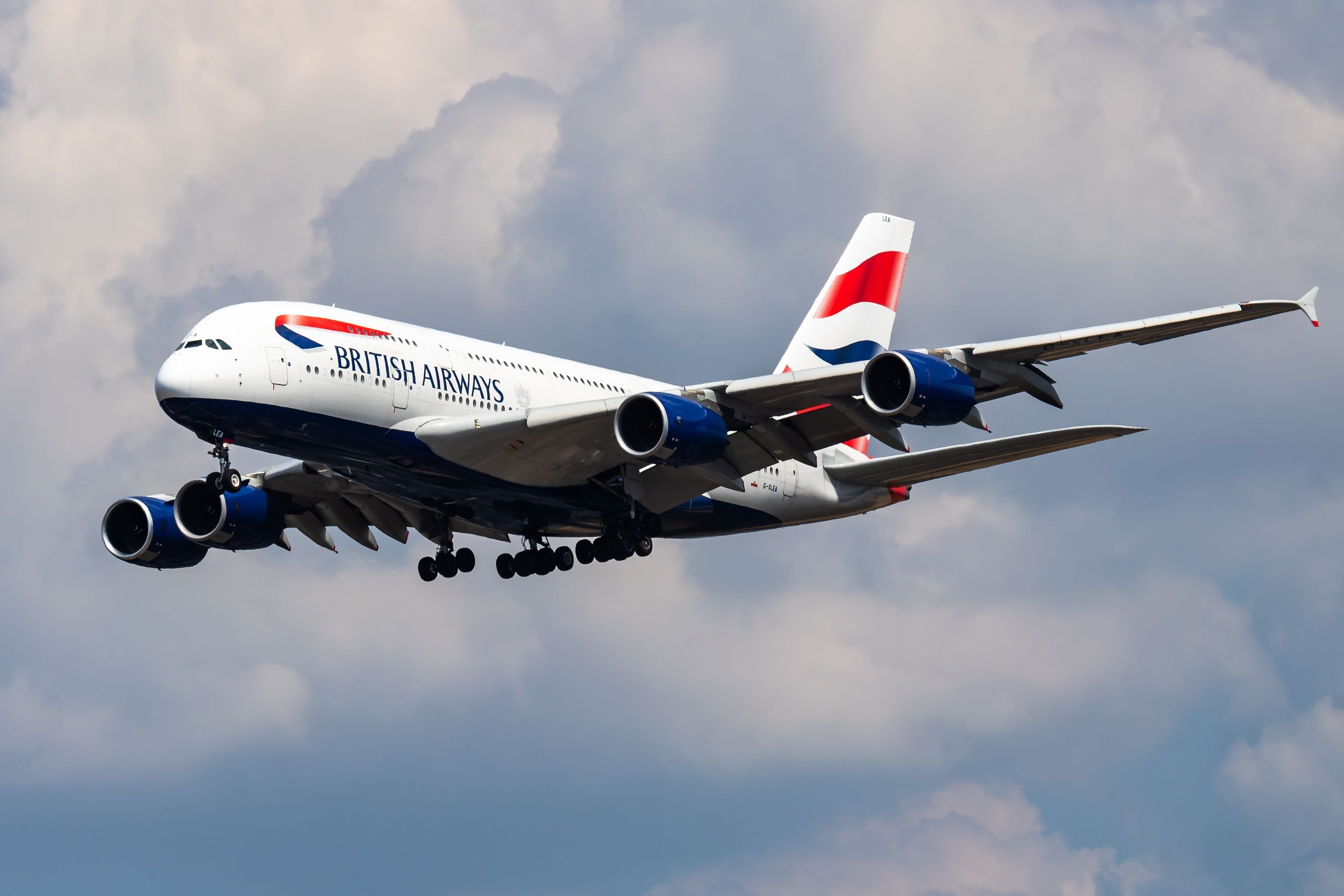
Related
Where Does The Airbus A380 Fly To In The US?
New York and Los Angeles are the two places experiencing the most traffic from the A380.
3
Boeing 747-8F
Maximum takeoff weight (MTOW): 988,000 lb (448,000 kg)
- Crew: 2 (cockpit)
- Cargo capacity: 30,832 cu ft (873.7 m³)
- Empty weight: 434,600 lb (197.1 t)
- Fuel capacity: 59,734 US gal (226,120 L; 49,739 imp gal)
- Powerplant: 4 × GEnx-2B67 turbofan, 66,500 lbf (296 kN) thrust each
- Cruise speed: Mach 0.845 (485 kn; 898 km/h; 558 mph)
- Range: 4,265 NM (7,899 km; 4,908 mi)
As the undisputed Queen of the Skies, the Boeing 747 jumbo jet certainly earned a place on this list – although it will be the last-ever designed and largest freighter variant to close off the podium. Known as the extended and final freighter version of the iconic Boeing 747 program, the 747-8F boasts a maximum take-off weight of approximately 447.7 tonnes or about 447,700 kilograms.
Photo: Bradley Caslin | Shutterstock
In comparison, the Boeing 747-8 passenger version has a slightly lesser maximum take-off weight of about 443.6 tonnes or 443,600 kilograms, and it can transport over 460 passengers in a typical three-class cabin configuration. Then, the Boeing 747-400ER lags slightly behind with a maximum take-off weight of about 412.7 tonnes or 412,770 kilograms.
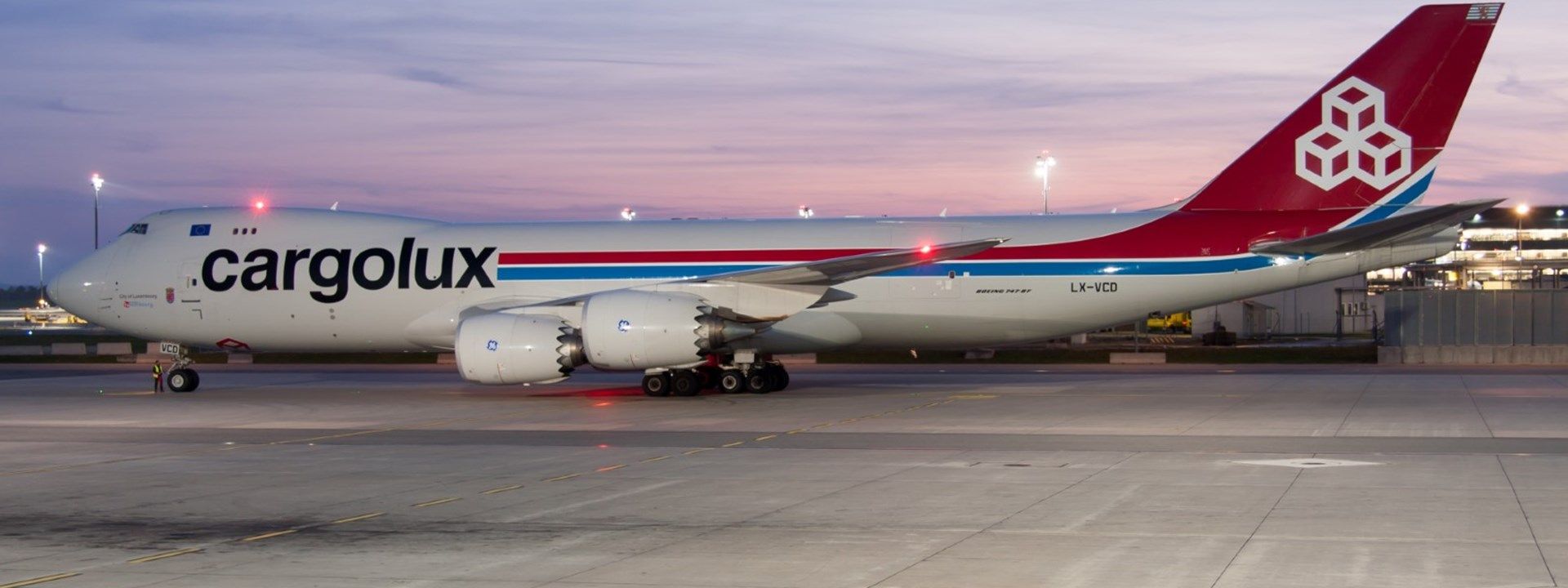
Related
11 Years Ago Today Boeing Delivered The First 747-8F To Cargolux
Based in Luxembourg, Cargolux is one of Europe’s largest cargo airlines.
4
Antonov An-124
Maximum takeoff weight (MTOW): 886,000 lb (402,000 kg)
- Capacity: 150,000 kg (330,693 lb)
- Empty weight: 181,000 kg (399,037 lb)
- Fuel capacity: 210,172 kg 463,343 lb 262,715.15 L (69,402.00 US gal; 57,789.25 imp gal)
- Powerplant: 4 × Progress D-18T high-bypass turbofan engines, 229 kN (51,000 lbf) thrust each
- Maximum speed: 865 km/h (537 mph, 467 kts)
- Range: 3,700 km (2,300 mi, 2,000 NM) with maximum payload
Coming in as a powerful fourth ranker is yet another Antonov aircraft, the four-engined cargo freighter known as Antonov An-124. In its early years, this aircraft scored several pointers for the Soviet Union during the Cold War by achieving world records, such as the largest aircraft at the time, the heaviest commercial load carried by air, and many more.
Photo: Georgiphoto | Shutterstock
Like the Boeing 747, this uniquely designed aircraft has gone through numerous versions. The newest variant, the AN-124-100M-150, boasts a maximum take-off weight of about 402 tonnes or 402,000 kilograms, making it one of the world’s biggest civil cargo freighters.

Related
Largest Production Freighter Ever Built: The Story Of The Antonov An-124
The aircraft still offers unparalleled airlift capabilities.
5
Lockheed C-5M Super Galaxy
Maximum takeoff weight (MTOW): 840,000 lb (381,000 kg)
- Capacity: 36 master pallets 463L, 281,000 lb (127,459 kg)
- Empty weight: 380,000 lb (172,365 kg)
- Fuel capacity: 341,446 lb (154,880 kg); 51,150 US gal (42,590 imp gal; 193,600 L)
- Powerplant: 4 × General Electric F138-100 turbofan engines, 51,000 lbf (230 kN) thrust each
- Maximum speed: 462 kts (532 mph, 856 km/h)
- Range: 4,800 NM (5,500 mi, 8,900 km) with a 120,000 lb (54,431 kg) payload
Finishing off this short list of the top five heaviest airliners in the world will be the giant military transport aircraft well-known as the Lockheed C-5 Galaxy. Given its ability to transport oversized loads, unlimited endurance with in-flight refueling, and other factors, this quad-engined aircraft is exceptionally useful for heavy intercontinental-range strategic airlift missions.
With upgrades featured over the years, Lockheed Martin modernized the legacy of the C-5 Galaxy and extended its service life to 2040 and beyond by introducing the C-5M Super Galaxy. Featuring new engines and better avionics, the latest version makes this list by offering an improved maximum take-off weight of approximately 381.1 tonnes or about 381,100 kilograms.
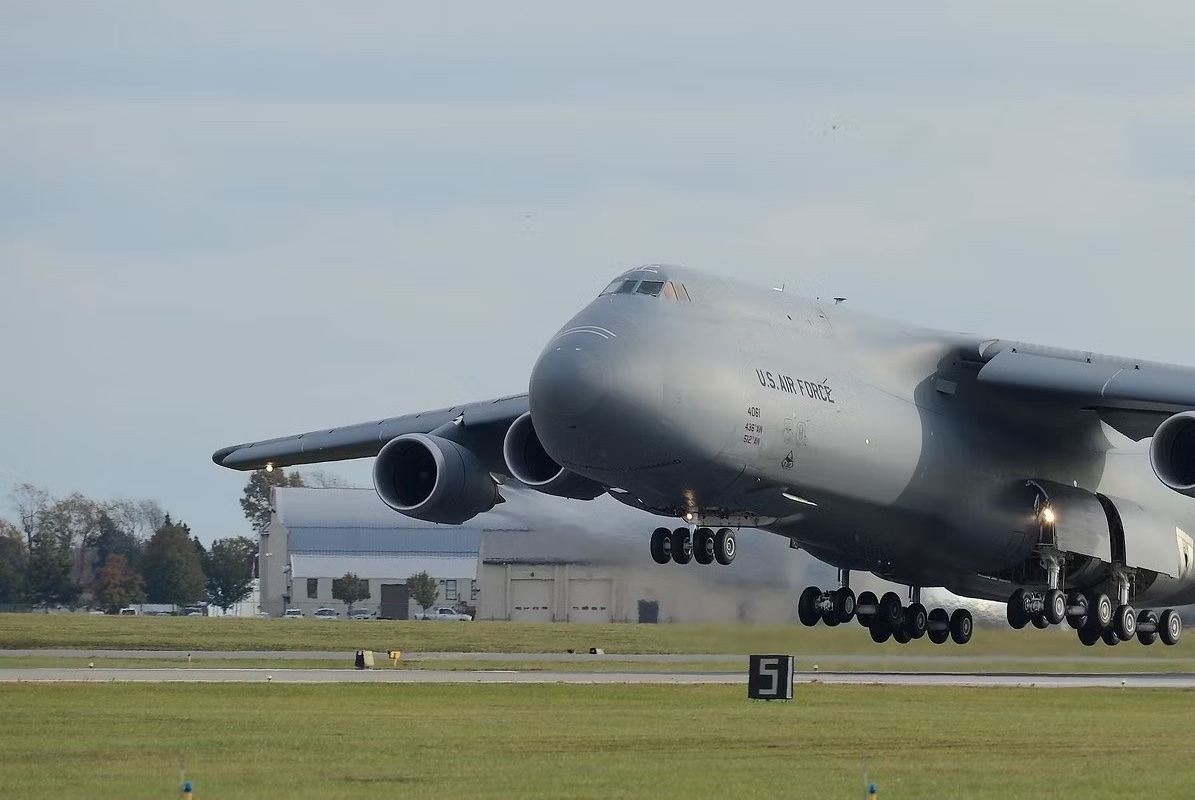
Related
Bigger & Better: 5 Fast Facts About The Lockheed C-5M Super Galaxy
The aircraft is an impressively versatile strategic airlifter.

